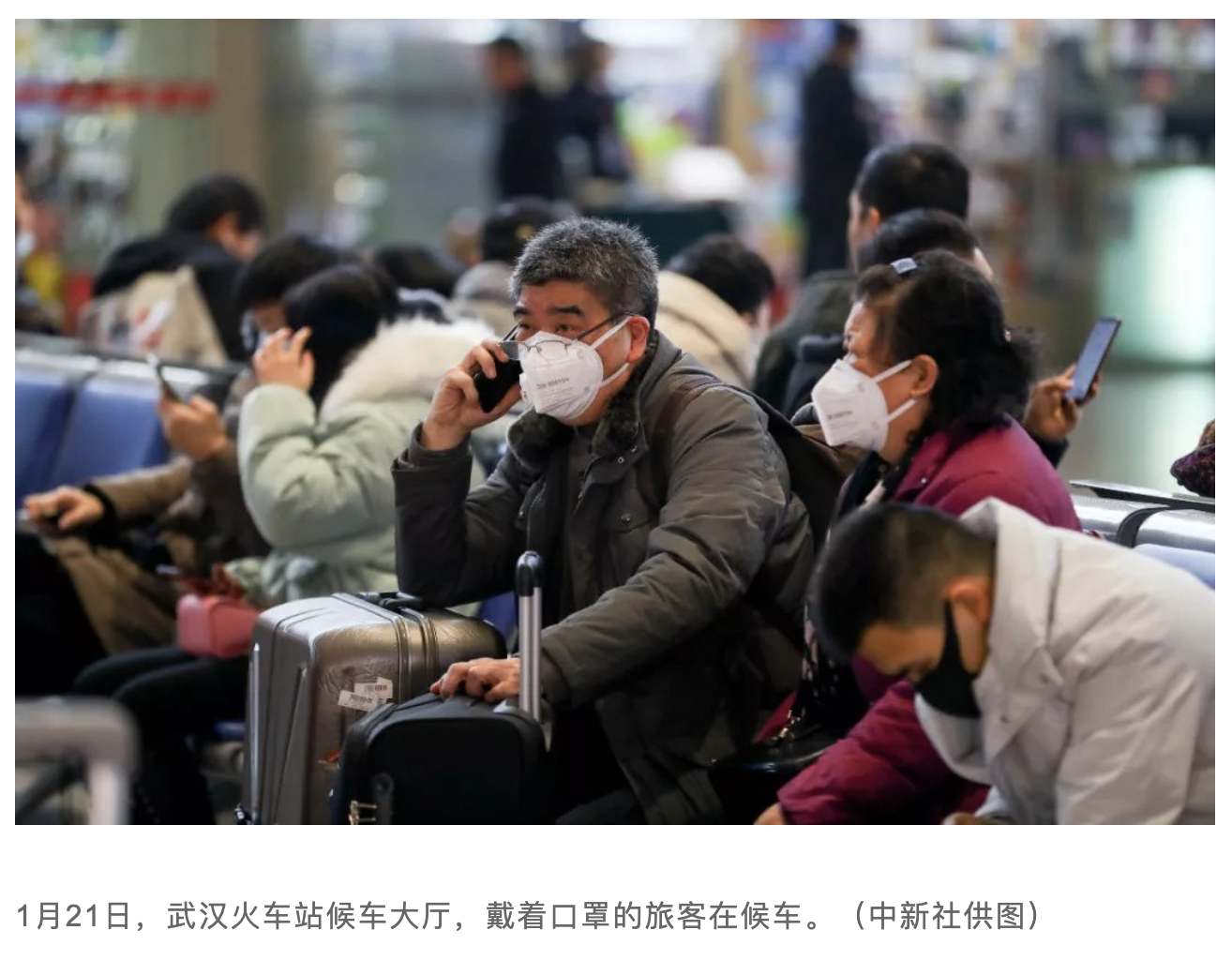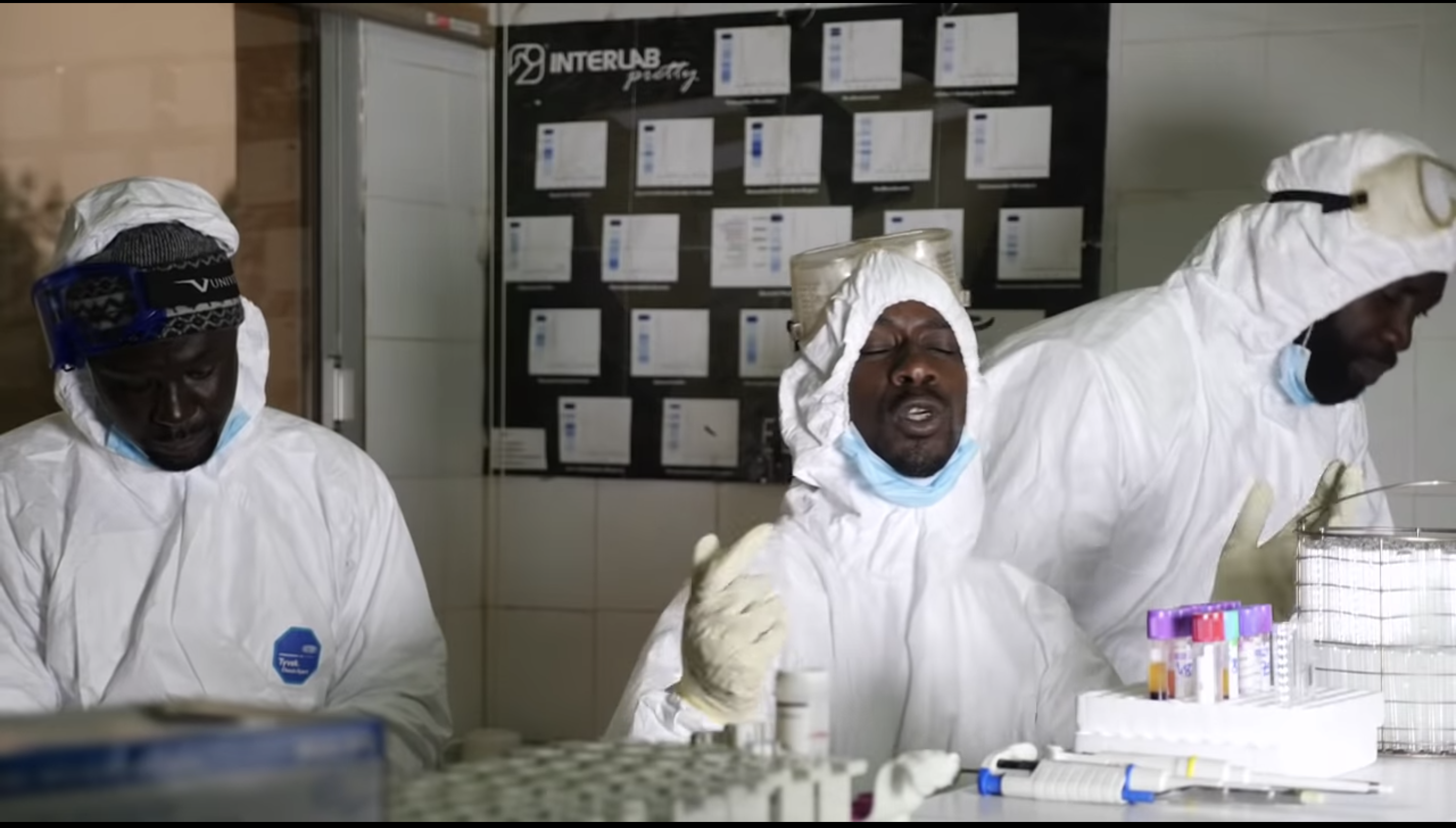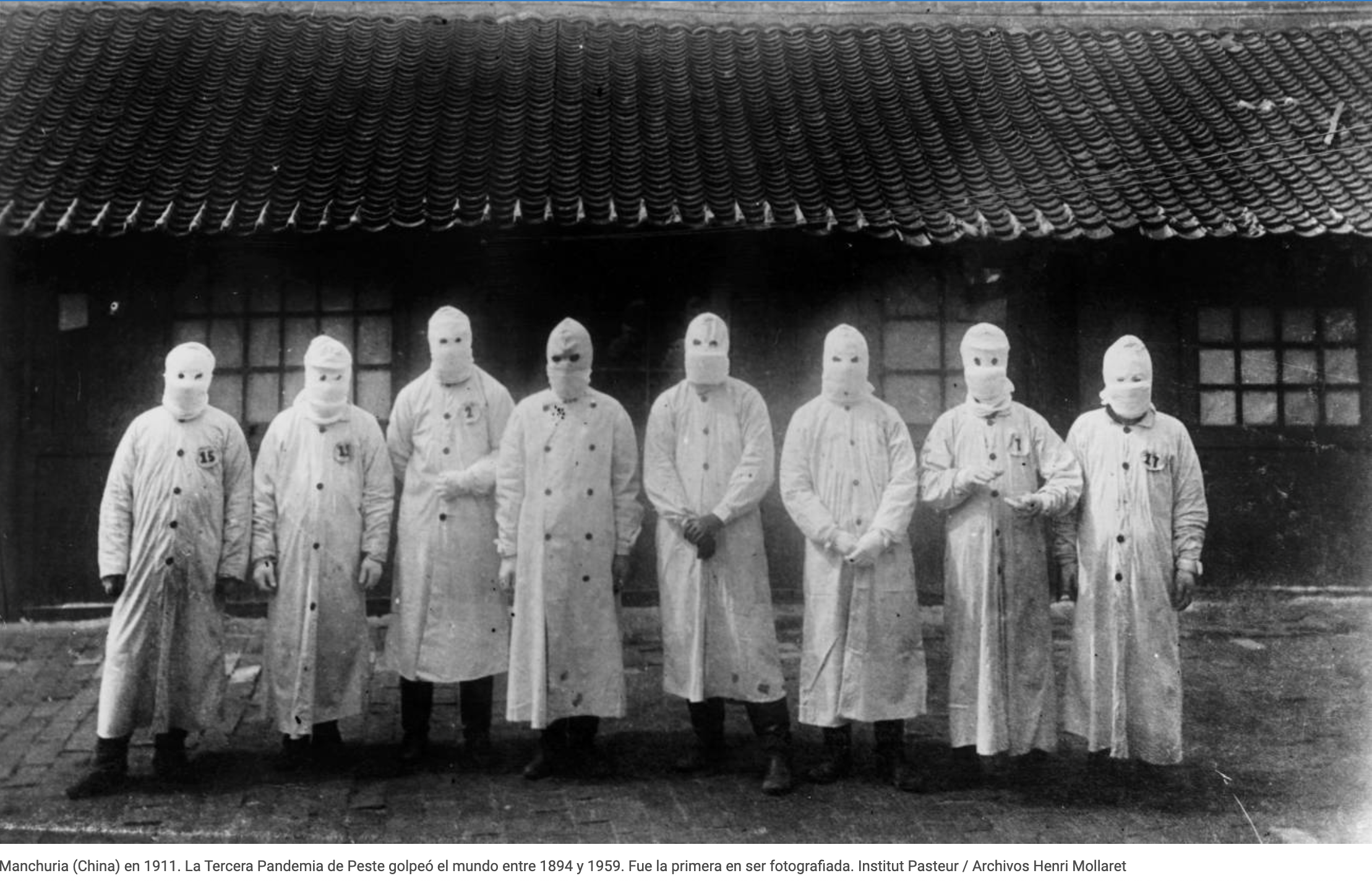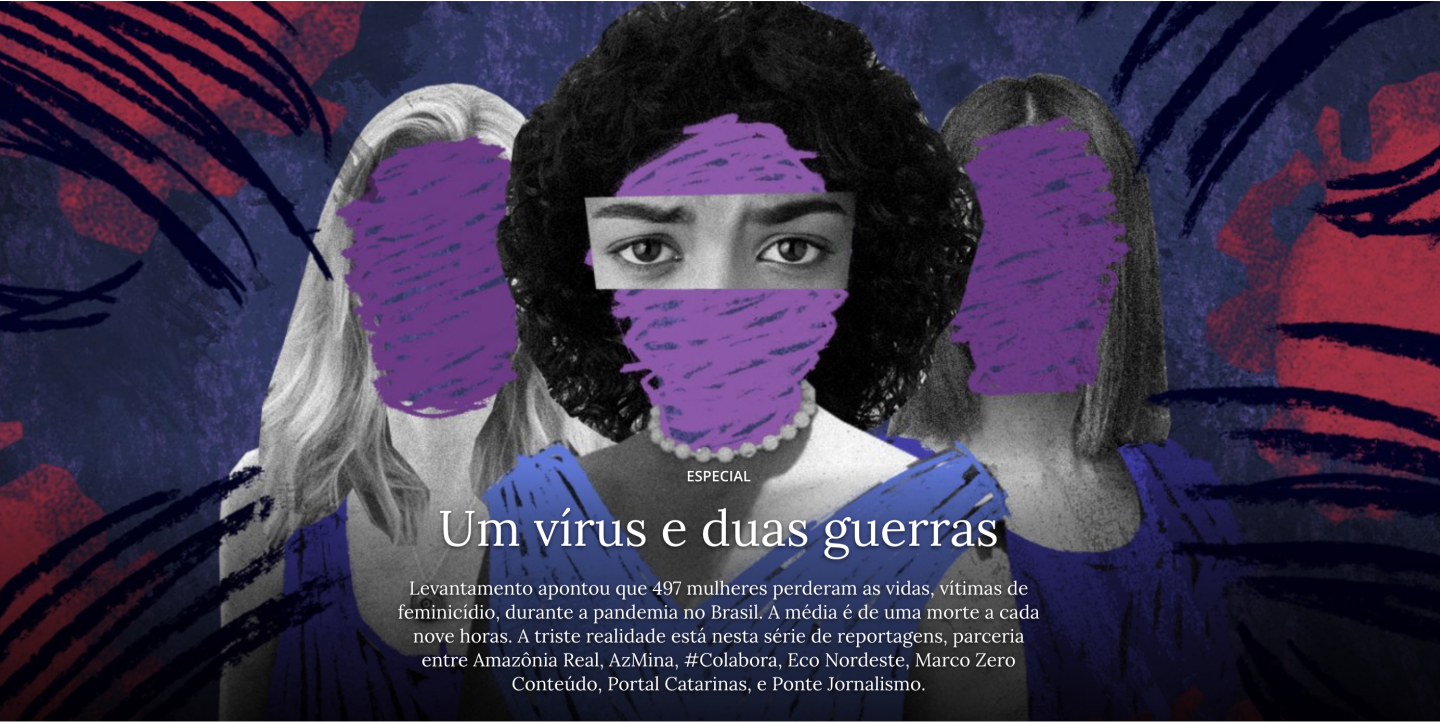The COVID-19 pandemic turned 2020 upside down. But you don’t need us to tell you that. So, we’ll cut right to the chase.
We’re fortunate to have teams of editors and translators based all around the world, producing content in IJNet’s eight languages. We asked each team to send us their favorite reporting published in their respective languages from the past year that covers some aspect of the pandemic that has infected almost 75 million people worldwide, and killed 1.6 million.
This reporting covers impacts spanning education, domestic violence, the search for effective treatments and more. Included are fact-checking initiatives, investigative reports and innovative data journalism. Unsure how COVID-19 has affected countries like Yemen, Senegal and Brazil? This list might help.
Here are their top finds:
Arabic
COVID-19 exacerbates learning difficulties for students with disabilities
This article from Al-Fanar Media examines the pandemic’s consequences in education, specifically for students with learning and/or physical disabilities such as visual impairment and hearing loss.
Yemen: Chaos, pollution and hundreds of deaths in COVID-19 isolation centers
This investigative report published by the Arab Reporters for Investigative Journalism provides a comprehensive look at the pandemic’s devastating consequences in isolation centers in Yemen, where processes and conditions have been inadequate.
Chinese

A real consensus can only be reached with facts — how did we report the coronavirus outbreak in Wuhan
Chinese magazine Sanlian Weekly Life Magazine published an article that analyzed the history of their reporting since the outbreak of coronavirus in Wuhan. Throughout the year, the magazine has sent many reporters to Wuhan to report on the crisis. This article explores questions they asked (like why it took 20 days to hear back from the Wuhan government to admit/react to the virus), the circumstances their reporters interviewed in and were there any innovative perspectives they had covered.
English
As Pandemic Deaths Add Up, Racial Disparities Persist — And In Some Cases Worsen
Using effective data visualization and adding interactive features so readers can pinpoint findings to their home states, articles like this one from National Public Radio have helped shine a light on the systemic racial inequalities present in our society that the pandemic has laid bare.
COVID-19: The Bigger Picture, Photo Essays
Thomson Reuters Foundation launched a series of photo stories showing the impact of the pandemic on some of the hardest hit communities around the U.S. From health care workers in Florida to Black business owners in Louisiana, these essays show the power of photography in shining a light and telling new narratives.
French
In full confinement, a Holocaust survivor comforts his neighbors
A piece by the New York Times on a Holocaust survivor in Brussels, Belgium. To spread cheer among his neighbors in April, he played jazz music outside his window.

In Senegal, graffiti and hip-hop artists produce to aid the fight against COVID-19
This article from Le Monde offers a look at the pandemic’s impact in Senegal. Street artists spread messages about social distancing and other protective measures against the virus, using their respective artforms.
Portuguese

At the epicenter: What if all COVID-19 deaths in Brazil happened in your neighborhood?
This data simulation shows what would happen if all confirmed COVID-19 deaths in Brazil happened around one’s specific address. The visualization has helped readers understand the scale of the disease.
One virus and two wars
Five independent media outlets worked on this collaborative reporting project to monitor cases of domestic violence and femicide in Brazil during the pandemic.
Russian

Coronavirus — No, No, No!
This regional fact-checking platform from Central Asia is a joint project of fact-checking newsrooms Factcheck.kz, New Reporter and Three Points: Know What You’re Watching.
We don’t know how to treat this: Doctors and patients in Russia are fighting for coronavirus drugs that hardly help anyone
This article from the Latvian Russian-language news outlet Meduza takes an in-depth look at the search for effective COVID-19 treatments in Russia, and where profits have been directed.
Spanish
Letter from Texas: repatriate a corpse in times of COVID-19
This story describes the negligent and irresponsible behavior of a food company in Dallas, Texas when it comes to protecting its immigrant workers from COVID-19.

Innovations born of misfortune: the legacy that each epidemic left us
This story is a comprehensive compilation of all the lessons and innovations born from past epidemics, from the Roman Empire to today.
Read more about our IJNet team here.
Main image is a screenshot from the Brazilian story, "One virus and two wars."


